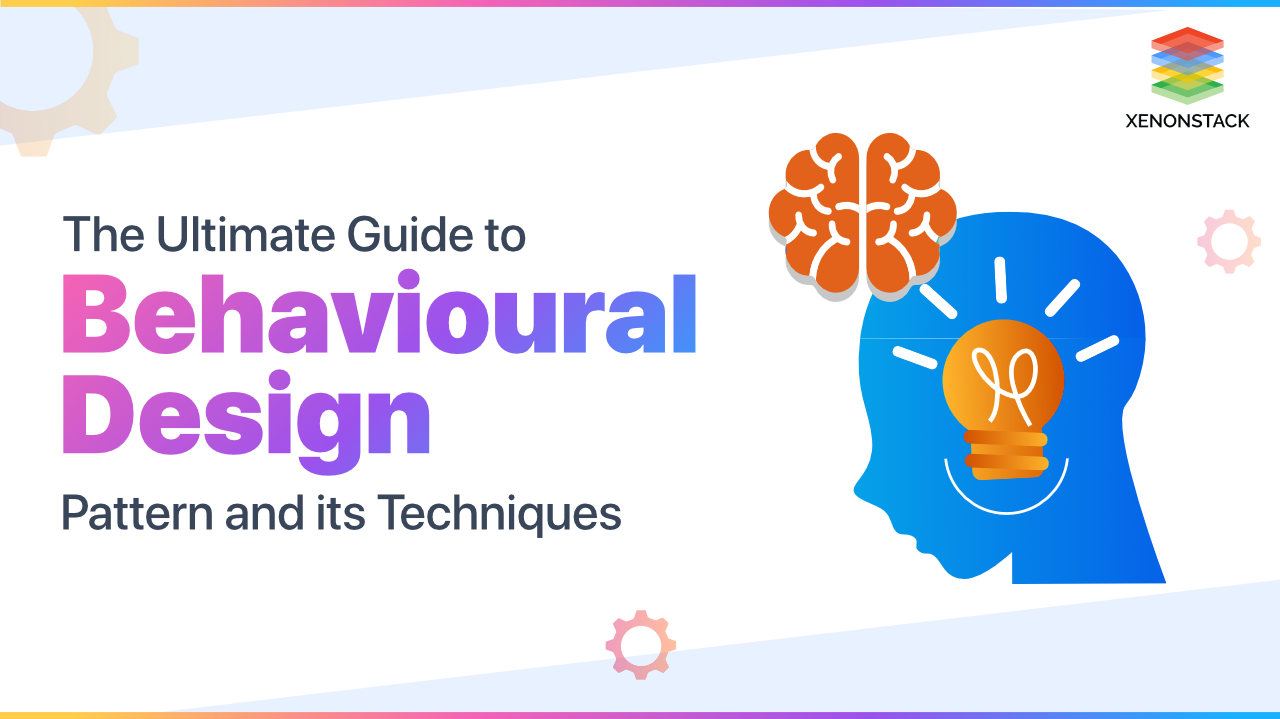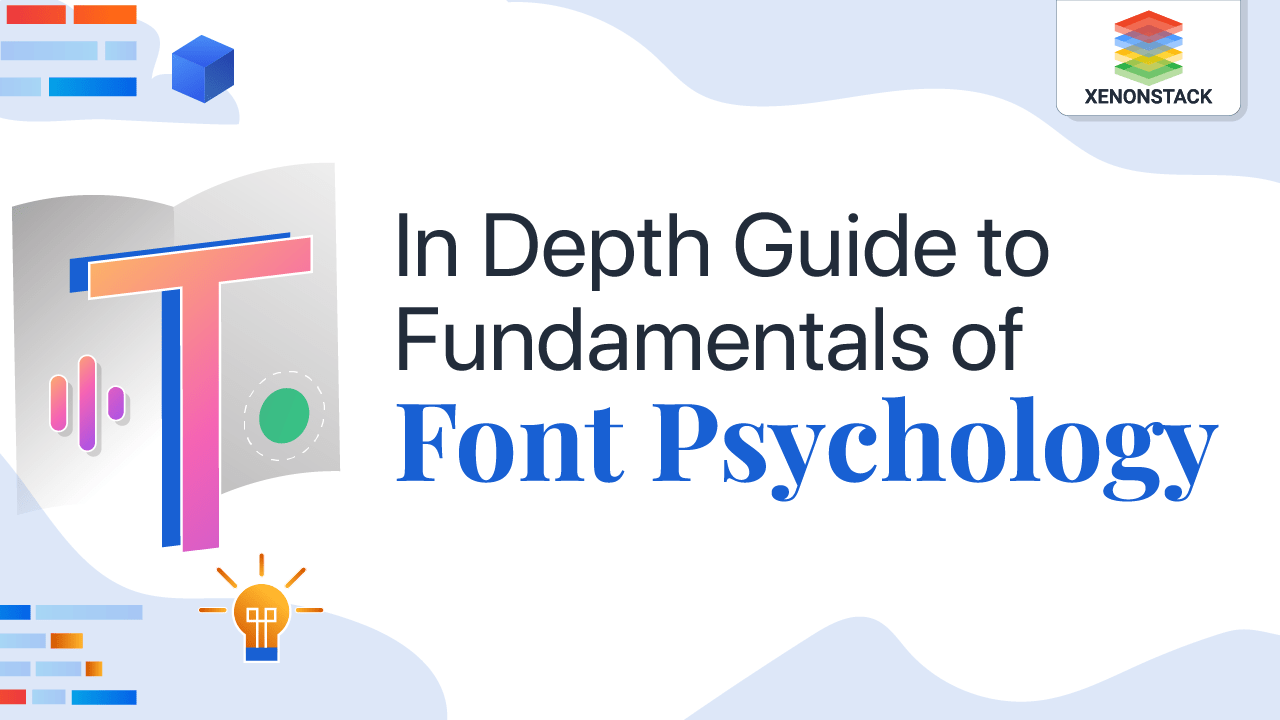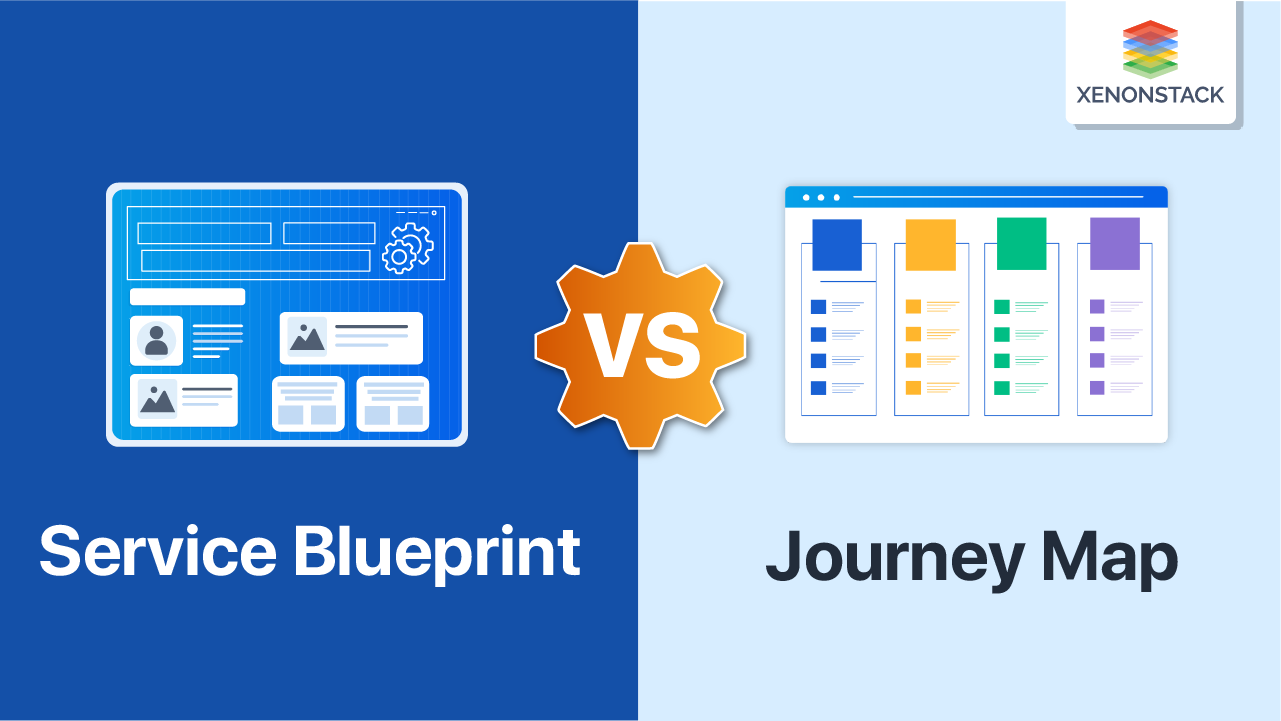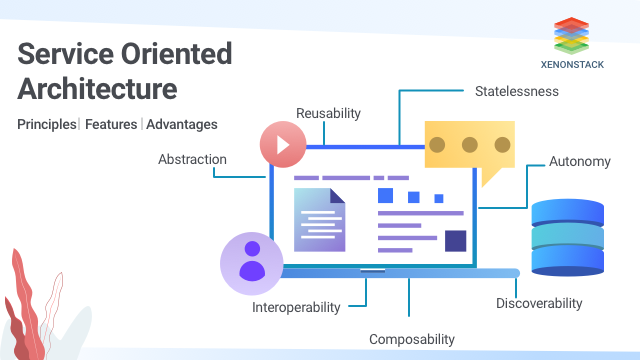
What is a Behavioral Design?
Behavioral design is the process of persuading people to engage in specific behaviors through purposeful design strategies.
Behavioral design is concerned with how design can influence and modify how people think, feel, and act. Not only can Behavioural Design provide insight into customer actions and decisions, but it may also help individuals accept their flaws and improve their overall experience. The effort is reduced, positive behaviors are rewarded, and a long-term connection is built via transparency and trust.
Design patterns are conventional answers to common software design challenges. Click to explore about, Design Pattern in TypeScript and JavaScript
What are the Behavioral Design Patterns?
Behavioral design patterns are of 10 types all are listed below:- Chain of Responsibility Pattern
- Command Pattern
- Template Pattern
- Iterator Pattern
- Observer Pattern
- State Pattern
- Memento Pattern
- Strategy Pattern
- Visitor Pattern
- Interpreter Pattern
What are the best practices of behavioural design?
The Best Practices of behavioural design are listed below:
Least Effort
People are looking for strategies to finish things with as little effort as feasible.
Examples:
- Take the Swiggy app as an example: When you first launch Swiggy, it shows you how things are done or how to utilize the application in a lovely animation. Furthermore, the application recognizes your present location instantly whenever you use it.
- Login through google and Facebook is also an example of how users can complete a task with the least effort.
The best practices that a programmer must follow to amplify code reusability in a framework. Click to explore about, Design Patterns in Automation Testing
Mistakes
Humans make many mistakes, and your app is due to some other thoughts in your mind or some other influence. We must consider these things while designing the app by trying to predict & try to eliminate things that create confusion or eliminate any unnecessary steps to do a specific task.
Examples:
- Password, Email confirmation during signup.
- When deleting something from your shopping cart in the e-commerce app, provide a pop.
- Showing a green tick mark when the current password format is filled & a red cross with instructions if the wrong format password is filled gives users a sense of progress.
- Undo Buttons in documents, photo editing software like Photoshop.
Don’t force users to relearn things
Place the elements/components where they belong. For example, the footer should be at the bottom of the page, and the side panel should be to the left. The website's structure and navigation are simple enough that a visitor can learn it in one or two sessions.
Don’t force a user to take too much information at a time
George A. Miller, a cognitive psychologist at Harvard University, released a psychological study titled "The Magical Number Seven, Plus or Minus Two: Some Limits on Our Capacity for Processing Information." According to this study, a person's short-term memory can hold between five and nine items. Miller's rule is sometimes known as the "Seven Plus or Minus Two" rule.
Example:
- If you have a lot of components on a page. Try to split up into 5 - 7 relevant components groups & further group them if required on a page.
- Even recommendations/ ads of a product you show can also be limited with this number.
Agile Development is one of the buzzwords for the software development industry. Click to explore about, Design Thinking for Agile User Stories
Instant Gratification
It's human nature for people to want to see immediate rewards from their actions. It's satisfying when someone starts using an application and has a "success experience" within the first few seconds.
Examples:
- Uber and Swiggy are only a few minutes away.
- This follows from people’s desire for instant gratification. If you ask a task-focused user unnecessary questions in the process, they might prefer to skip the questions and come back to them later.
Social Proofs/ Building Community
Your product will be more appealing if you use social proof. It is not required to include the user's friends, although it is an option. Users will feel less alone in their decision-making if you display goods based on popularity. If others have done something similar and were happy with their decision, there's a strong probability it's a smart idea.
Example:
- Reviews on Amazon, Airbnb, Yelp, and other sites are helpful.
- Likes, responses, shares, retweets, follows, friends, comments, or views are all examples of metrics.
- Friends' suggestions or product recommendations
Social Identity
People enjoy associating with brands because it provides them with self-identity. Create a strong brand for your business. To emphasise your brand's distinctiveness, use distinctive colours, logos, statements, and slogans. Show the real people behind your service or product using images. Send out newsletters, digests, or email discounts to remind your audience about your brand. Most essential, establish yourself as a one-of-a-kind brand: what is the one-of-a-kind value you provide to your users?
Demonstrate that you are concerned about your users. Provide feedback to your users at each level of the user experience: "This picture has been successfully saved" or "Your request has been received, and you will receive a response in under 5 days." Do not forget to inquire.
Aesthetics
According to several psychological research, beautiful individuals and beautiful things are always more appreciated and popular than unattractive ones. The cover of a book can influence a person's decision to buy it. Individuals choose to visit beautiful places, live in beautiful homes, and dress in excellent clothes when given the option. Few people can resist the allure of beauty. The words "expensive," "successful," and "high-quality" are frequently related to the concept of "beautiful."
Dashboards act as a campfire around which we assemble to tell stories. Click to explore about, Data Visualization Dashboard Designs
Behavioral Design Toolkit
The Behavioral Design Toolkit is described below:
- CUES: A cue, also known as a trigger, signals to take action. They increase the frequency of the behavior when used in conjunction with reinforcement learning (its C in the CAR Model). Users generally perform specific behaviours instinctively in response to signals from their internal and external contexts, which is why cues operate. We can't talk about behavioural design if we don't grasp how our habit system works. According to Ramsey and Combs, our habit system is a collection of automatically performed taught behaviors (default actions). Because a habit is a taught behaviour, behavioral designers could utilize the CAR Model for regulating the consequences of user actions.
- Ambient Communication: You'll frequently need to offer someone with complex or dense information. Color, scale, texture, pattern, motion, sound, vibration, and time are examples of non-text communication that can help you express complicated content to users swiftly and intuitively. It relies on the brain's various non-verbal information processing streams to comprehend the environment far more quickly than reading alone.
- Personalization: Because no two people believe or want the same things, many design teams employ personas to assist them to create for certain user groups, skill levels, or needs. Designers can now create even more adaptive goods thanks to new machine learning algorithms.
- Optimal Information Flow: People process information in different ways. For instance, steps in a signup sequence that are straightforward to one user may be completely confusing. The goal is an ideal order of steps for a process and an optimal destination of information that may be delivered to each individual before they struggle to complete the required action. This method works best for actions that users must complete just once or infrequently, such as filling out a signup form or making a purchase.

Conclusion
Today, technology is not the only driving thing to complete a certain tasks. There is always human behavior, subconscious or conscious, driving to complete a small or big task. Behavioural Design helps to complete tasks by understanding human nature.
- Discover more about Microservices Architecture and Design Patterns
- Click to read about Principles of User Interface Design


